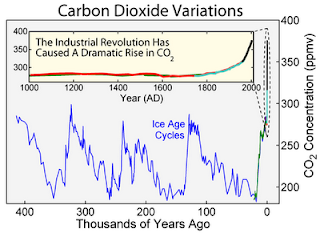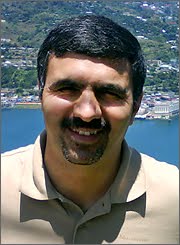Today, there are several organization involved in waste recovery, including our university, City of Borås and its political instrument, the research institute SP, the municipal company Borås Energy and Environment, the local authorities in Sjuhärad (several municipalites) and about 15 companies. Our work started in Indonesia and is now extended to Vietnam, China, Nigeria, Brazil, USA, in addition to several other countries that we are now discussing to start collaboration.
There are almost continuous visitors from other countries to Borås and even the model of collaboration (double triple helix) is now extending to develop into other areas.
We are very happy to see this work is even interesting to our royal family. They will visit us next week and will listen to our rector Björn Brorström about waste recovery.
It is great moment for us, who see one day scavengers, one day polititions, one day company managers and one day his magesty Carl XVI Gustav and the Queen Silvia.
(Walking on top of a hill of closed landfill in Sao Paulo, Brazil)
(An scavenger in a gargage sea in Lagos, Nigeria)
(An scavenger in Pontianak, Indonesia)







